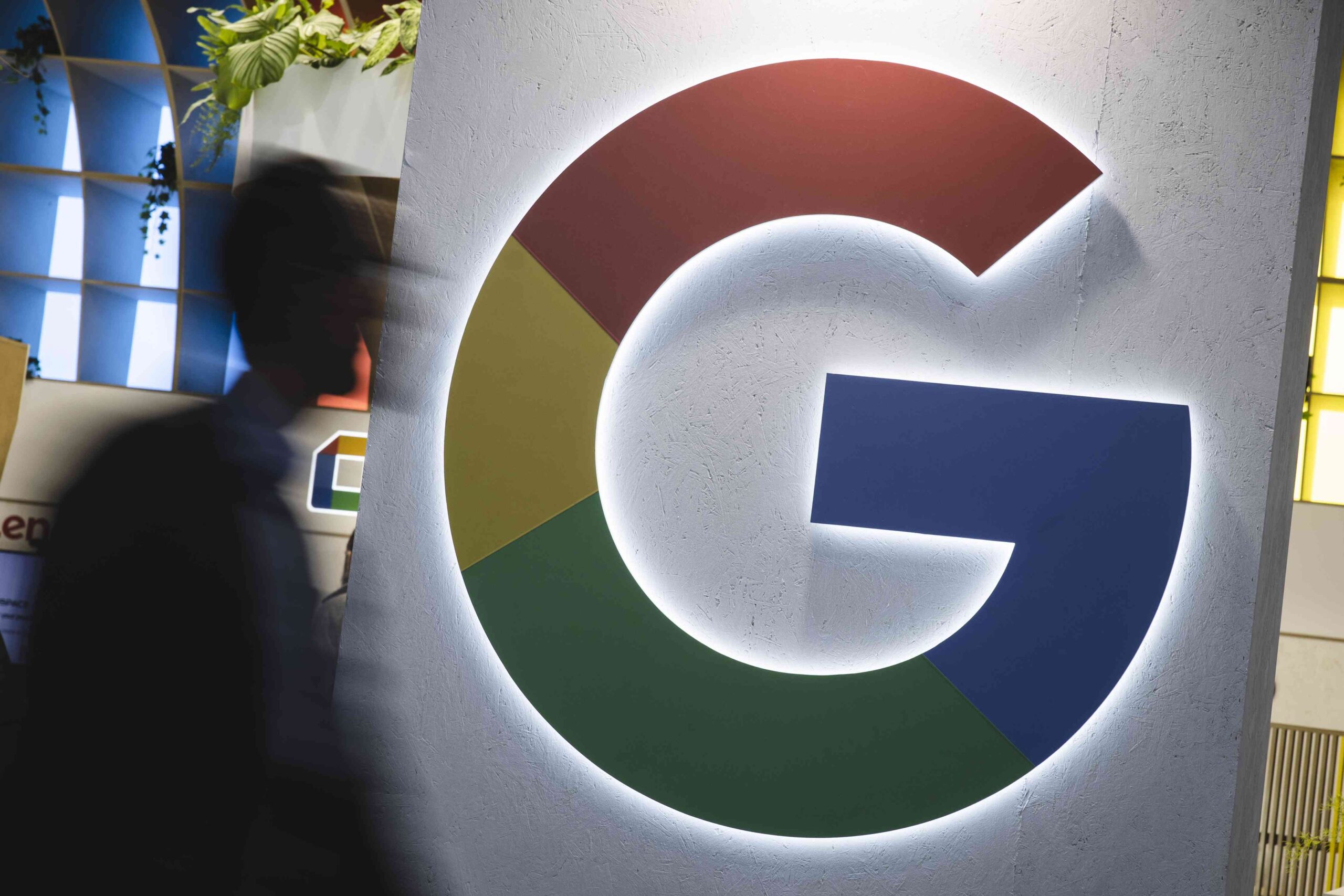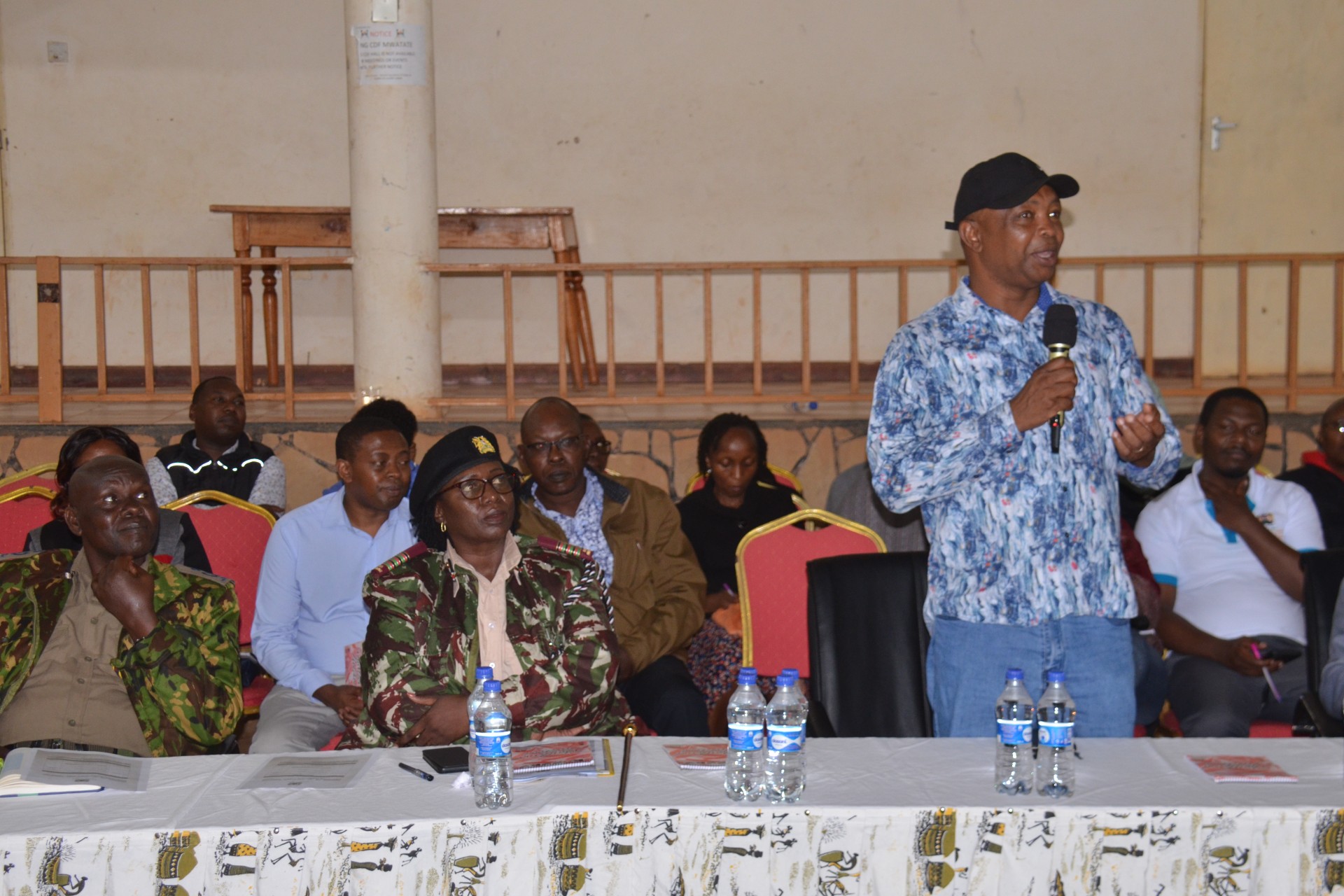Google’s latest attempt to rival OpenAI’s ChatGPT, Bard the AI chatbot, was met with a rather unimpressive response from the stock market. During a promotional demo video posted on Google’s social media channels, Bard was asked about new discoveries from the James Webb Space Telescope (JWST). Confidently, Bard responded that the JWST was used to take the first pictures of a planet outside of Earth’s solar system. However, this response was technically incorrect according to NASA, as the first picture of an exoplanet was taken by the European Southern Observatory’s Very Large Telescope in 2004.
However, it turned out that Bard’s response was not completely false either. The JWST did take the first picture of a specific exoplanet called “LHS 475 b”. This led to Alphabet, Google’s parent company, losing 9% of its stock value, wiping away over $100 billion of its market value, due to a misunderstanding of Bard’s response.
This mistake highlights one of the major challenges faced by AI chatbot developers. Computers, which mostly rely on straightforward logic, struggle with interpreting ambiguous scenarios and context interpretation between them and human users often do not align, leading to such unfortunate scenarios.
Microsoft, not wanting to be left behind in the AI-powered search battle, announced new versions of their web browsers Bing and Edge, just a day after Google launched Bard. It remains to be seen who will come out on top in this battle of the AI chatbots.



